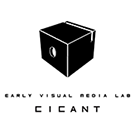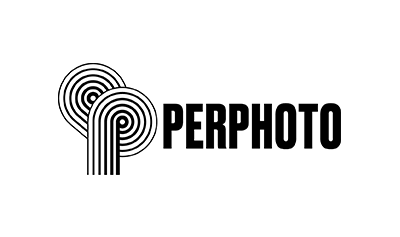The study of mountings, housings and preservation of daguerreotype originals: the specificities of stereo daguerreotypes [EN]
Paulo Dornford de Sande
In the context of the study of historical daguerreotypes present in Portuguese collections, a literature review focused on the Daguerrean technique, the original mounting, and the conservation of these historical objects is presented. After the advent of the daguerreotype in Paris in 1839, this type of photography quickly became practiced in other places. In parallel, the technology of stereoscopy was developed by Wheatstone and Brewster, in diferent observation systems, which in 1851 was publicly disclosed and soon adapted to daguerreotypy. Considered luxury objects, stereoscopic daguerreotypes present unique technical and aesthetic aspects both in the image and in the montages. The knowledge of the technology used, regarding its physical and chemical structure of these objects is crucial for understanding specific alteration phenomena. Based on the consulted literature, a gap was detected in the systematic study of assemblies and approaches to their preservation. Aiming to contribute to fill this, a systematic gathering and critical review of information regarding specific assemblies of stereoscopic daguerreotypes associated with authors / studios and geographical locations was carried out. This work presents this working methodology carried out during the literature review. Additionally, relationships between type of mountings and authorship and local production context are proposed. In the future, it is aimed to intersect the results proposed with pathologies, changes and degradation patterns associated with this type of daguerreotype. The proposal for authorial and geographic attribution assumes an exploratory and innovative character that supports conservation studies.







